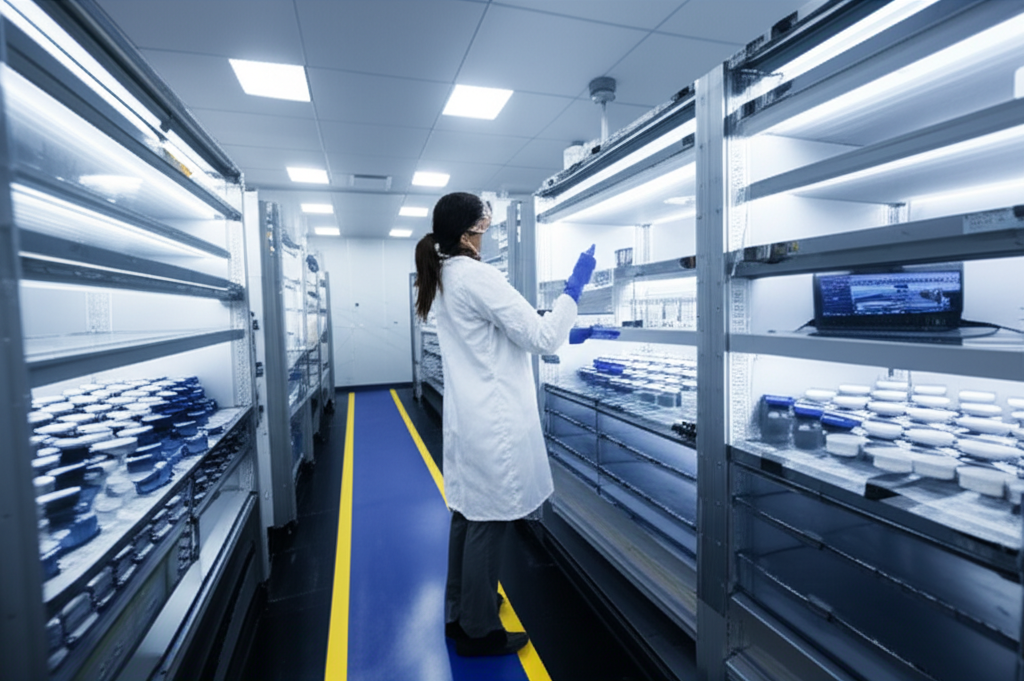A breakthrough chemical synthesis process for producing adenosine, a vital pharmaceutical intermediate, demonstrates significant improvements in manufacturability and cost efficiency compared to conventional methods. The innovation centers on optimizing a three-step reaction pathway starting from readily available inosine, addressing critical limitations in previous industrial approaches.
Historical adenosine synthesis routes faced substantial barriers for large-scale implementation. Routes starting from substrates like adenosine monophosphate, 2-methylthioadenosine, or 8-mercapto-9-methyladenine proved prohibitively expensive. Although three alternative routes starting from inosine derivatives (like 2’,3’,5’-triacetyl inosine) or hypoxanthine offered better industrialization potential, significant drawbacks persisted: high-pressure reactions requiring specialized reactors (up to 79 kg/cm²), extended reaction times exceeding 30 hours, and complex solvent recovery systems involving large volumes of expensive pyridine.

The newly disclosed technology presents a refined mechanism building upon the most promising prior art – the conversion of inosine to adenosine via acetylation, chlorination, and amination – but strategically overcomes its identified weaknesses. The core reaction sequence follows: Inosine undergoes acetylation (Step 1), producing triacetyl inosine. Subsequent chlorination (Step 2) targets the purine ring at the 6-position, yielding chloroacetyl inosine. Finally, amination (Step 3) replaces the chlorine with an amino group, resulting in adenosine crude, which is then purified.
Key process innovations deliver tangible industrial advantages:
1. Milder Amination Conditions: Replacing high-pressure/high-temperature amination (110°C, 74-79 kg/cm²) with a low-pressure system (0.15-0.35 MPa) operating near ambient temperatures (10-30°C). This eliminates the need for costly high-pressure reactors.
2. Optimized Deacetylation Temperature: Previously requiring temperatures below 0°C for extended periods (5-30 hours), the deacetylation step is effectively managed at 5-15°C, significantly simplifying process engineering and energy requirements.
3. Dramatically Reduced Cycle Time: The combined chlorination and amination steps achieve completion within approximately 15 hours, far quicker than the historical 20-100 hour range.
4. Process Streamlining: The reaction mixture from chlorination (Step 2) proceeds directly to amination (Step 3) without intermediate isolation or concentration steps.
5. Enhanced Acetylation Efficiency: Substituting costly pyridine with anhydrous sodium acetate catalyst in the initial acetylation boosts the step yield to 141% - a 16% improvement - and simplifies solvent recovery. Critical process parameters are fine-tuned: Pyridine is used solely as the solvent for chlorination (1.5-2 times the weight of triacetyl inosine), morpholine aids in quenching (approx. 7% ratio), and methanol volumes are optimized for solubility and precipitation in each step.
The technology achieves an overall adenosine yield of 53%, with the product meeting stringent quality standards, notably those outlined in the U.S. Pharmacopeia (USP 24). Substantial sampled purity highlights its robustness, demonstrated by triacetyl inosine production batches achieving 99% purity and 96% yield. This optimized synthesis path directly utilizes cost-effective and readily available inosine as the core starting material.
Implementation has shown significant economic benefits: reduced capital expenditure by eliminating high-pressure vessel requirements, lower operating costs through milder conditions and faster cycles, and easier solvent handling and recycling due to the minimized role of pyridine. This positions the process as a superior solution for efficient, scalable adenosine production critical for nucleoside-based pharmaceuticals, cardiovascular drugs, and research reagents.
Manufacturing Facilities






Professional Export Experience
to Global Customers

1. 20 years of R&D, manufacturing and sales experience, serving customers in 60 countries and regions around the world;
2. Own R&D laboratory, pilot platform and large-scale production workshop, which can meet the audit requirements of global customers;
3. We can satisfy customers' perfect transition from small scale lab requirements (gram level) to commercialization requirements (hundred tons level).
A: We don't have Minimum Order Quantity, exact quantity should be provided before quotation for us to calculate the exact cost.
A: We don't provide free samples due to lots of request and expensive international courier's cost, we can deduct the sample charge after commercial order placed.
A: Our payment terms: Small or sample order: T/T IN ADVANCE. Commercial order: First order should be by T/T IN ADVANCE or L/C at sight, and following orders T/T 30~90days is acceptable subject to approval of credit application.